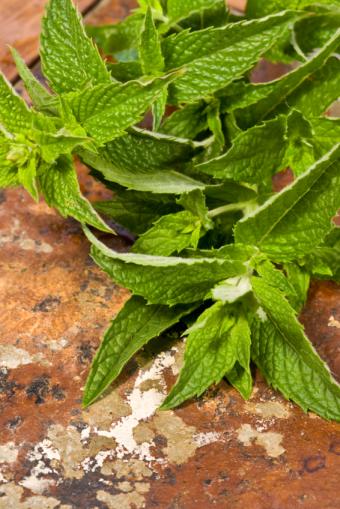Philippine Herbal Plants

Ampalaya

Most Philippine herbal plants have English translations and this herbal plant translates into English as "bitter gourd" or "bitter melon." This herb is proven to help persons control their non-insulin dependent diabetes.
Bayabas

In English this herb is known as guava and is primarily used as an antiseptic. Traditional Filipino herbalists use bayabas plants directly on wounds to disinfect them. The plant is also used as a mouthwash to treat tooth decay and gum infection.
Niyog-niyogan

This herb is known in English as "Chinese honeysuckle," and is highly effective at eliminating intestinal worms, most particularly the Ascaris and Trichina. However, only the dried seeds are medicinal. To take this herb you need only to crack and ingest the dried seeds two hours after eating; five to seven seeds for children and eight to ten seeds for adults. This herb is so effective at getting rid of the worms that only one dose usually does the trick. However, if one dose does not eliminate the worms, you can wait a week before repeating another dose.
Ulasimang Bato

This herb is effective at ailing arthritis and gout. Another perk is that the leaves are tasty and can be eaten fresh as a salad or used in tea. To make the tea simply boil a cup of clean chopped leaves in 2 cups of water. Boil for 15 to 20 minutes. Strain, let cool and drink a cup after meals. Traditional Filipino herbalists recommend doing this three times a day to effectively treat arthritis and gout.
Yerba Buena

This is commonly known as peppermint. The vine of the herb is used as an analgesic to relive body aches and pain. You can take this herb internally in tea form, or use it externally by rubbing crushed leaves on the afflicted area.
Sign up for our newsletter featuring all the latest stories and products we love.
Sambong

This herb is a diuretic that is very useful at helping persons excrete urinary stones. Sambong can also be used to treat edema. The English name is Blumea Camphora.
Lagundi

This herb is known in English as "5-leaved chaste tree." It is effective at relieving coughs and asthma.







